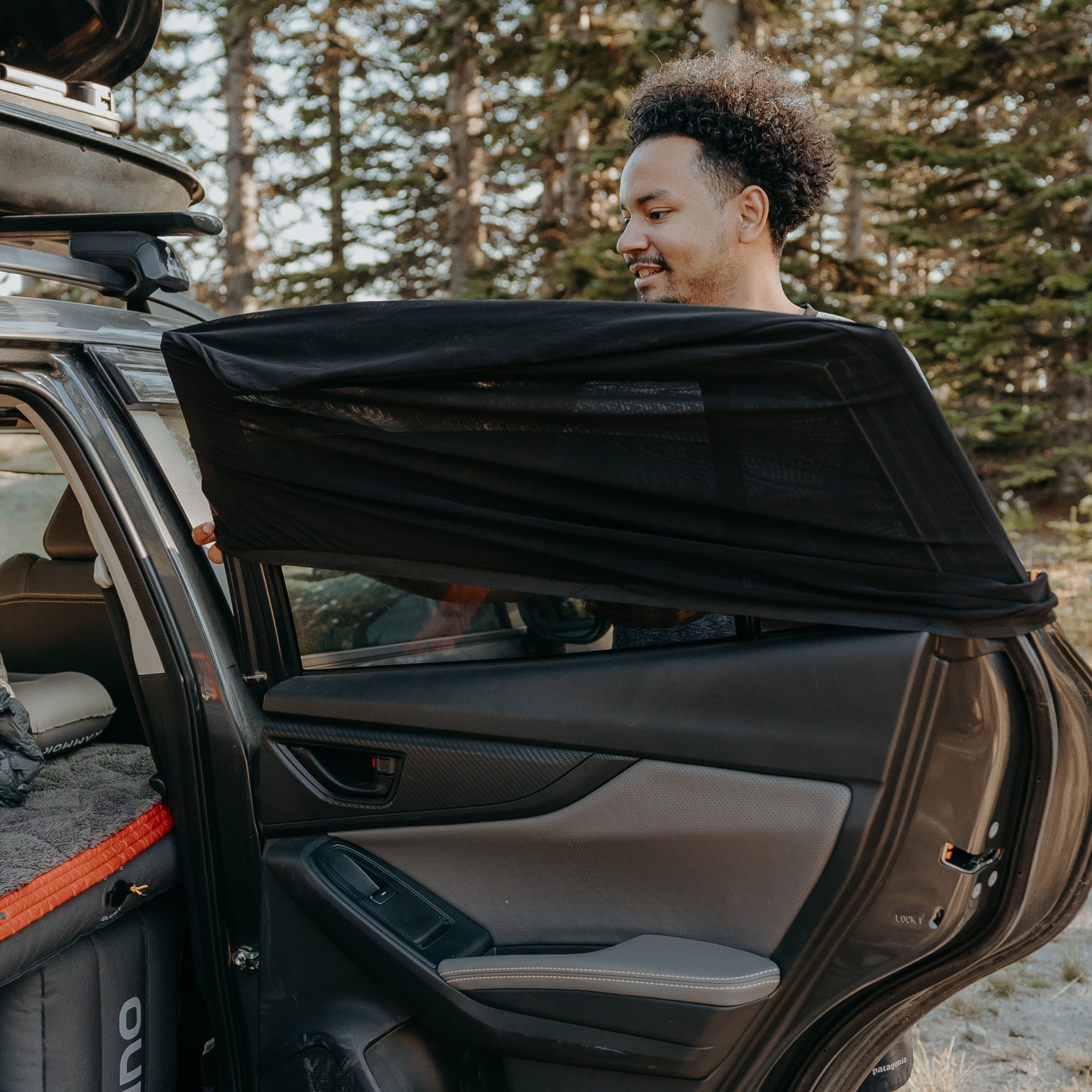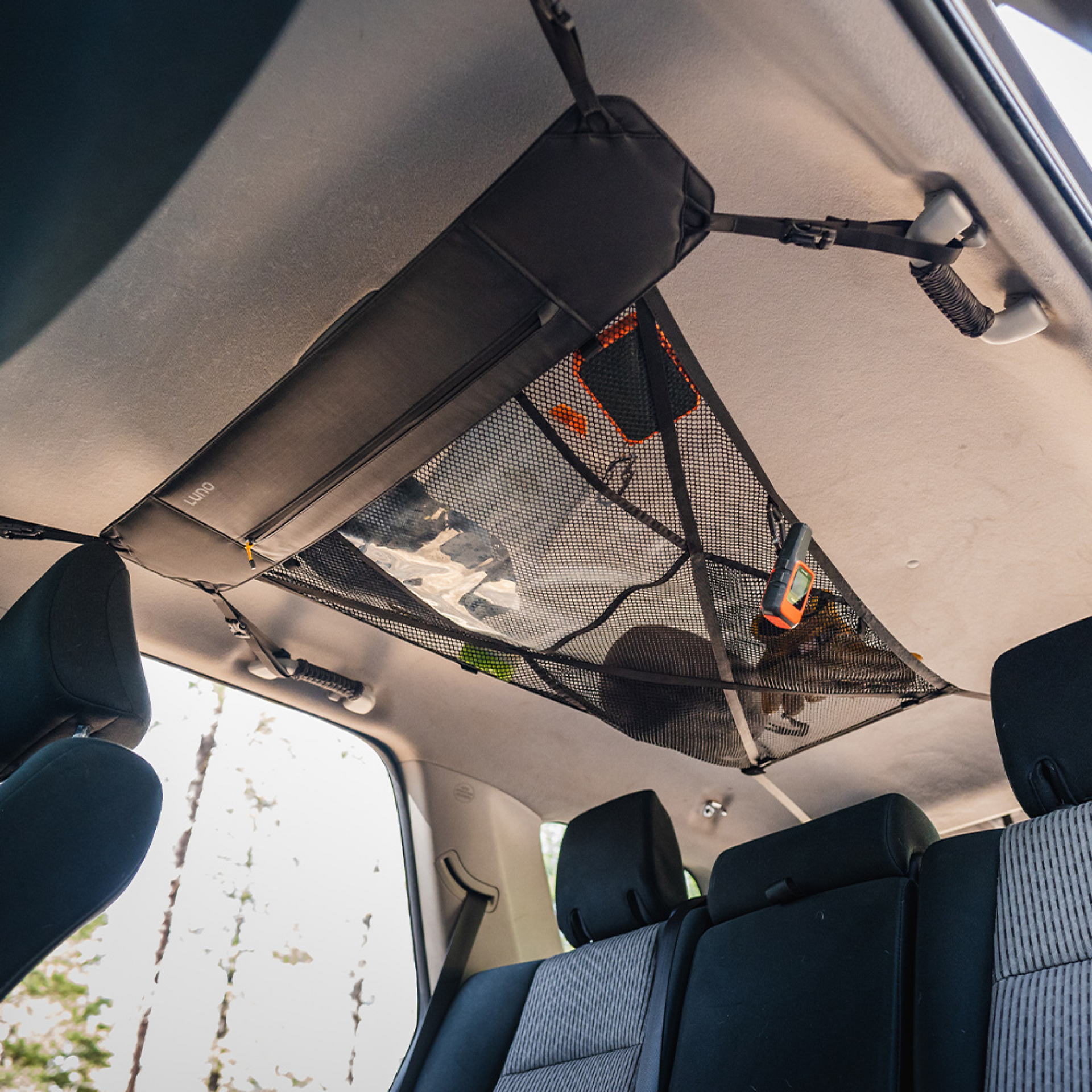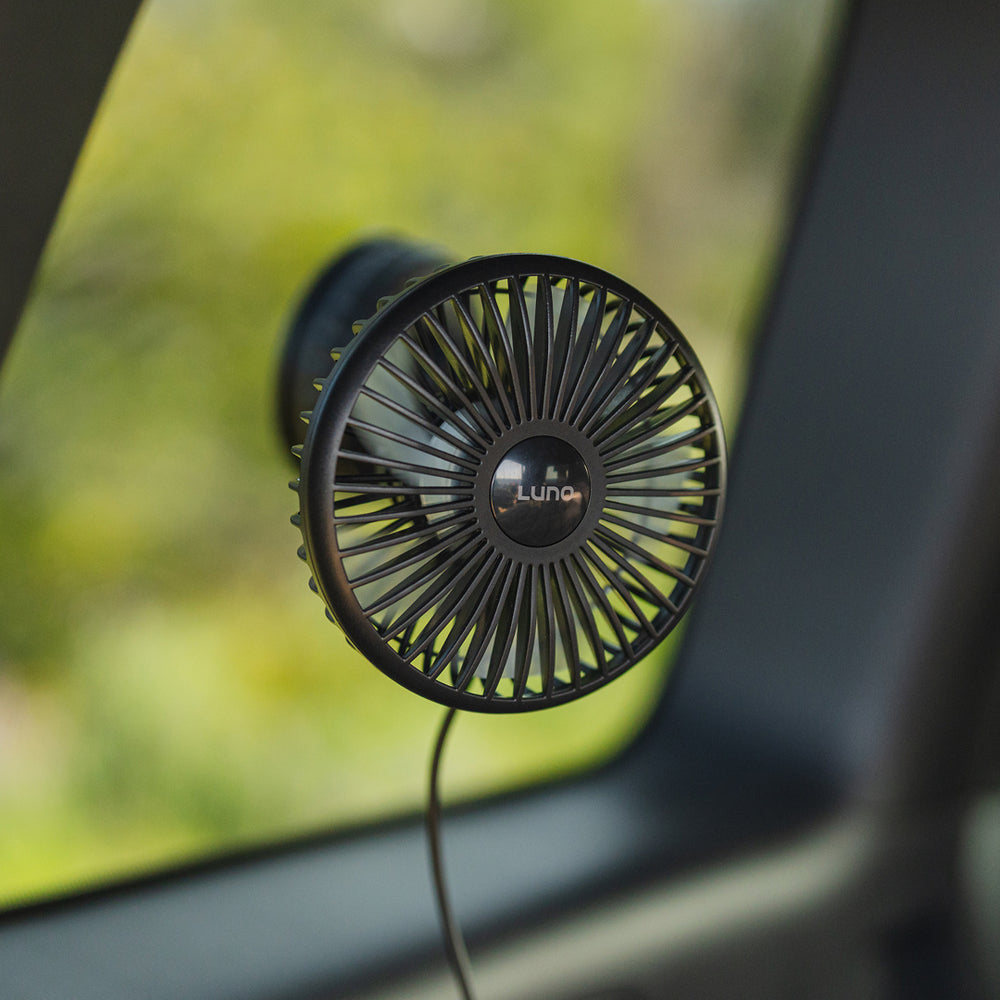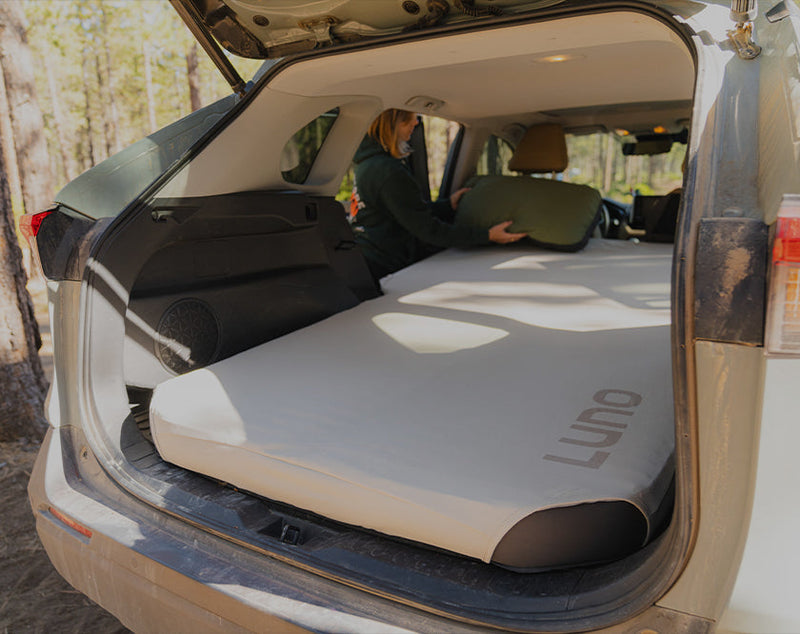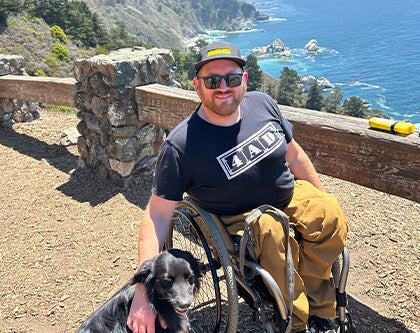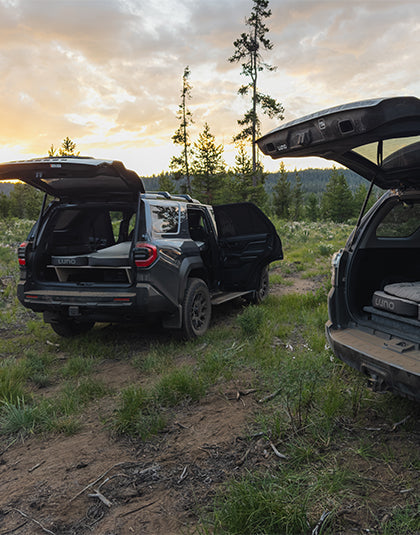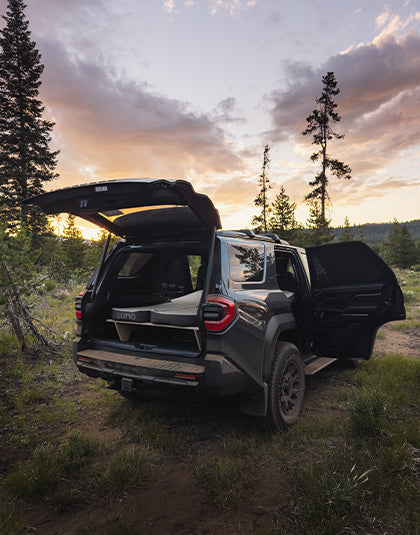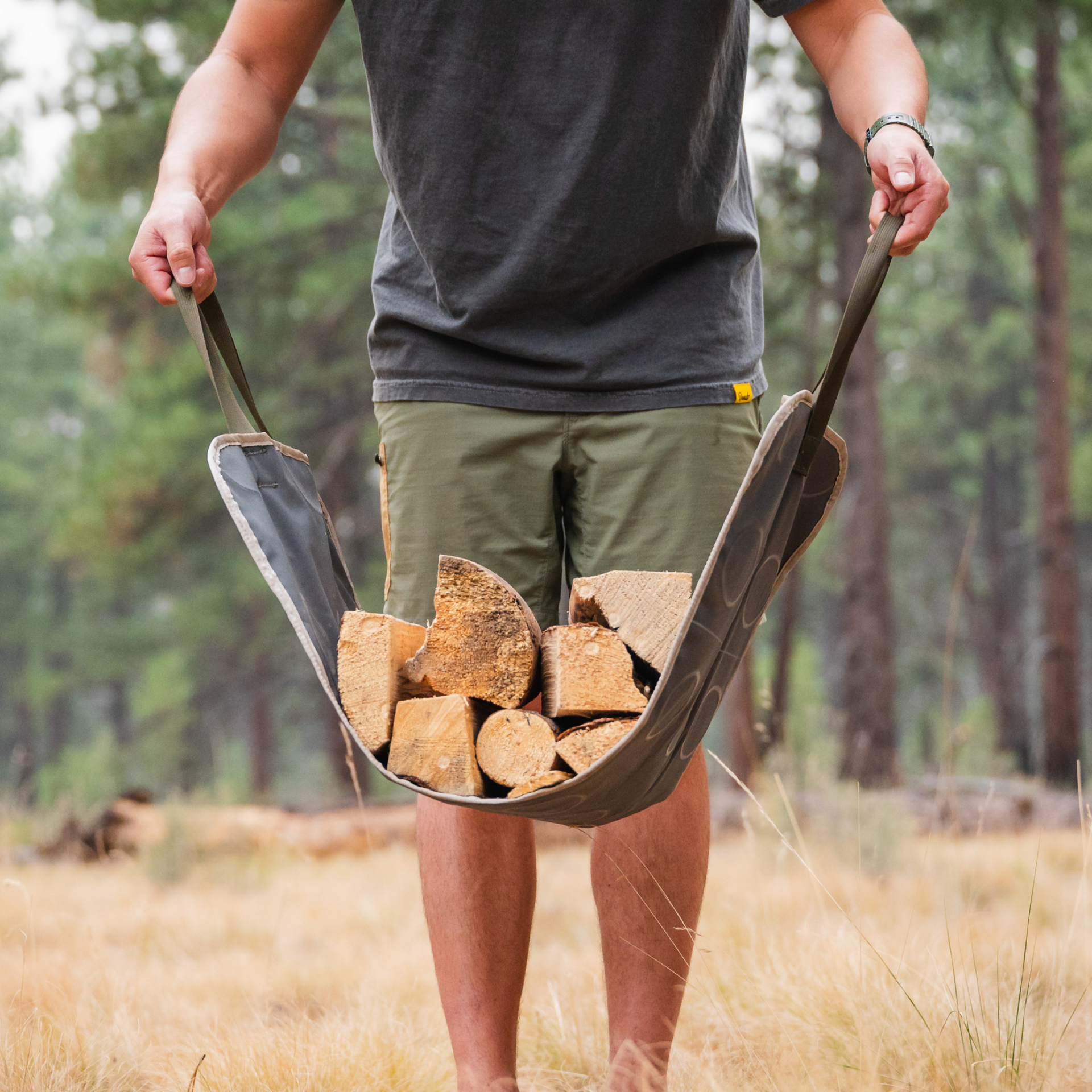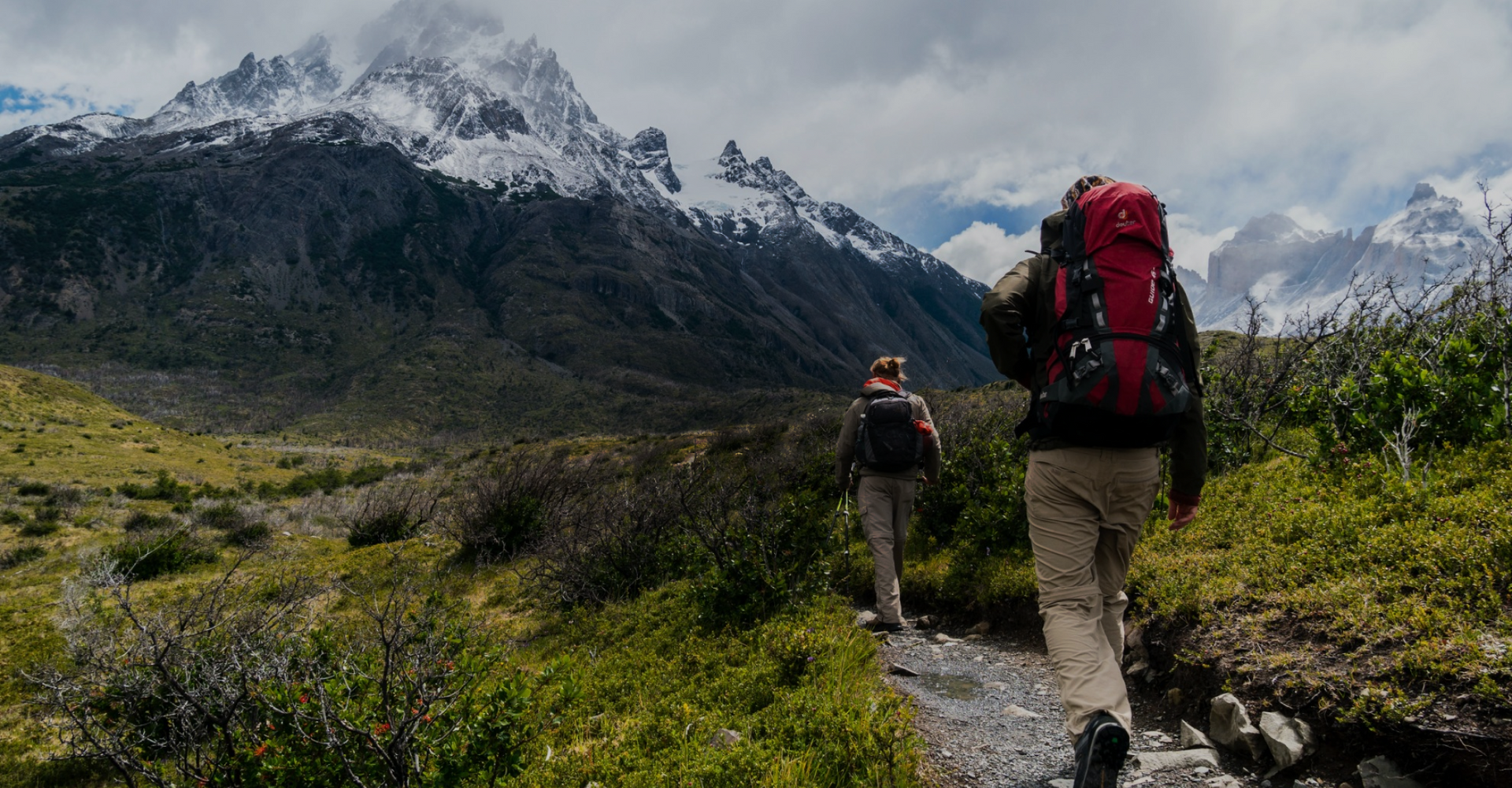
How To Leave No Trace: Understanding The Seven LNT Principles
In our humble opinion, the best car campers aren’t the ones with the most high-tech gear, or the most souped-up rig, or the tastiest road trip snacks–although we are admittedly big fans of rad gear, cool rigs, and tasty snacks. The best car campers are hands down the ones who Leave No Trace (LNT).
As lovers of the great outdoors, we believe it’s our duty to protect and preserve the places we play. Simply put, we appreciate the beauty of wild places, and we want future campers to enjoy those wild places for generations to come. Unfortunately, if you’ve been on a camping trip or two, you’ve likely seen–and smelled–traces of inconsiderate campers. Those traces might be:
- Landscape-scarring litter, like beer cans and food wrappers
- Crap castles–those towers of turds, little toilet paper flags attached to the turrets, blowing in the wind. Yuck.
- Our personal least favorite–yup, even worse than the crap castles–illegal fire pits and evidence of why they’re illegal (e.g. wildfire burn scars)
Whether you’re new to camping or a seasoned veteran, this article will help you camp more responsibly by teaching you how to Leave No Trace. We’ll discuss and break down each of the seven Leave No Trace principles, providing both helpful tips and common transgressions to avoid. Finally, we’ll take it a step further, pointing out a few ways that environmentally friendly campers can leave campsites and wild lands better than they found them.
How To Leave No Trace: Understanding The Seven LNT Principles
LeaveNoTrace.org, a non-profit founded in 1994, developed the Seven LNT Principles to provide outdoor enthusiasts with a framework to minimize impact when spending time in the great outdoors. Follow these basic principles, and you’re well on your way to car camping more responsibly and sustainably.
Principle #1: Plan Ahead and Prepare
“Poor planning often results in a less enjoyable experience and damage to natural and cultural resources,” explains LNT.org. It makes sense–when you’ve done your research, secure the right gear, travel smart, and avoid surprises, you’re better prepared to minimize harmful impact.
Planning Do’s:
- Research your destination of choice ahead of your trip–then research it some more. Think about potential snafus… Do you need permits for a specific National Park? Does your target campground accept reservations or fill up on busy weekends? Will snow levels impact road access? Are there pit toilets? This research can involve checking in with local ranger stations, visiting park websites, even scouring forums and social media pages.
- This one’s a no-brainer, but always check the weather before packing and planning your trip.
- Always, always, always bring emergency equipment and first aid gear. Better to have it and not need it, than need it and not have it.
- Have a plan B and C in case your campsite of choice is occupied.
Planning Don’ts:
- Don’t ignore weather warnings, signage, or advice from authorities or folks familiar with your destination of choice.
- Don’t fly completely by the seat of your pants. Spontaneity is fun, but it helps to have a basic plan and general gear covered before you hit the road.
Principle #2: Travel and Camp On Durable Surfaces
This is one of the most critical LNT principles for car campers. When you’re rolling up to camp in your home on wheels, it’s tempting to venture off-road for a better view or more secluded setup. While we’re all for driving on rock, gravel, or sand when allowed and appropriate, it’s important to avoid driving over delicate surfaces, like cryptobiotic soil or vegetation. Why? Well, you have to expect future campers will follow your lead.

Durable Do’s:
- Camp in existing campsites and only drive or hike on durable surfaces like rock, gravel, and snow.
- Camp at least 200 feet away from rivers, streams, ponds, lakes, and any body of water bigger than a puddle.
- Hike on existing trails.
- Stick to single-file on narrow hiking trails, even if you want to hold hands with your road trip buddy.
Durable Don’ts:
- Avoid making new campsites, even if the views are to die for.
- Don’t alter sites–if you need a machete to chop through brush to make a site work, it’s not the one.
Principle #3: Dispose of Waste Properly
Just like Tony Soprano, every car camper is in the waste management business, whether they like it or not. Everything from trash and food scraps to human waste needs to be disposed of properly, otherwise even the most remote of wilderness areas will quickly be ruined.
Waste Disposal Do’s:
- Perhaps the most famous Leave No Trace axiom? “Pack it in, pack it out.” Make sure any trash, food waste, etc. that came with you, leaves with you.
- Research human waste protocols for your destination of choice ahead of your trip. In many instances, digging an 8-inch cat hole over 200 feet from water sources and trails is sufficient. Bring a shovel to make this easier.
- In certain areas, you’re expected to pack out human waste using WAG bags, or another system, like a groover toilet, which is popular on rafting trips. These protocols are in place for a reason–follow them!
- Use sealable plastic bags to pack out toilet paper and hygiene products.
- Use biodegradable soap and be stingy with it when washing dishes.
- Use Luno Gear & Storage Bags as nifty trash and recycling bins! They sport integrated magnets that attach to the exterior of your car, making them ideal for car camping.
Waste Disposal Don’ts:
- Don’t wash dishes in rivers or streams–haul water 200 feet away from these delicate zones before washing dishes.
- Don’t feed wildlife your leftovers.
Principle #4: Leave What You Find
Cool crystals, funky driftwood, intricate shells, breathtaking wildflowers–we get it. They’d complement your van dashboard or boho living room vibes so perfectly. But it’s best to leave these treasures for future campers to enjoy.
Leave What You Find Do’s:
- Bring your camera and take as many photos as you want!
- Enjoy the sights, smells, and sounds.
- Go easy on taste and touch.
Leave What You Find Don’ts:
- Don’t move or take treasures with you–leave them for future campers to enjoy.
- Don’t pick flowers, no matter how pretty.
- Don’t chop down trees for firewood, unless you’ve done your research and it’s kosher.
- Stumble across cave paintings or radical ruins? Cool! Don’t touch them, though.
- Don’t carve you and your lover’s initials into tree trunks, rock walls, historical hieroglyphic sites, etc.
- Don’t build structures. Unless, of course, you’re in a survival situation. In which case, please, by all means, get your lean-to on.
Principle #5: Minimize Campfire Impacts
One poorly contained campfire can burn thousands of acres of forest and cause billions of dollars of damage, making this principle one of the most critical. For years, minimizing campfire impact has simply meant using existing fire pits and dowsing coals, but these days, it’s more and more common for campfires to be banned completely as we continue to battle severe wildfires across North America.

Campfire Do’s:
- Do your research on campfire bans and regulations, and follow those campfire bans and regulations religiously.
- Consider using lanterns for light and camp stoves for cooking as lower-impact, less-dangerous alternatives.
- If you do have a campfire, use existing, established fire rings or bring a fire pan or portable fire pit.
- Keep pyrotechnics on the petite side. LNT.org recommends using “only sticks from the ground that can be broken by hand.”
- Burn all fuel to ash, then generously dowse remnants, only scattering ashes when they’re completely cool.
Campfire Don’ts:
- Don’t turn your back on active campfires.
- Don’t start burning fuel too late in the night–plan to stay awake until your fire turns to ash.
- Don’t build fires on windy days.
- Don’t go to sleep while those coals are still hot.
- As much as a crackling campfire makes us want to crack a microbrew, don’t drink so much that you lose your ability to manage your campfire.
- Don’t forget to bring plenty of water to properly dowse your ashes.
Principle #6: Respect Wildlife
No taking selfies with moose, petting sedan-sized buffalo, or tricking cute chipmunks into becoming your pets. Wildlife are just that–wild–and human interactions can prove extremely harmful to our critter friends.

Wildlife Do’s:
- Bring binoculars and cameras with zoom lenses and get your National Geographic on–from a distance!
- Leash and control your pets. Bear meets Fido, bad for Fido. Bunny meets Fido, bad for Bunny. Either way, these interactions can be harmful. And if you can’t control your pets, or pets aren’t allowed at your destination of choice, book a pet sitter.
- Be smart about storing food, trash, dishes, etc. If you have food in your vehicle, lock your vehicle–these bears are getting smarter by the minute. Use food lockers at designated campsites. If you’re backpacking, use bear-proof containers.
- Bring bear spray in bear country.
Wildlife Don’ts:
- Don’t approach animals for autographs, selfies, relationship advice, etc.
- Don’t feed animals, full stop.
Principle #7: Be Considerate of Others
Unless you’re in an extremely remote wilderness area, you’re often sharing these sacred spaces with other outdoor enthusiasts. Common courtesies, like using respectful voices and avoiding blasting music, go a long way.
Be Considerate Do’s:
- Leave the boombox at home.
- Camp away from others, if at all possible.
- Generally follow the golden rule, and treat other campers how you’d like to be treated.
- Yield to others, whether that’s on the trail, a 4x4 double track, or narrow backroad.
- Pick up after your pet.
- Research and respect local indigenous cultures and communities.
Be Considerate Don’ts:
- Don’t throw a party with all of your friends.
- Don’t shine your headlights at someone else’s camp
Beyond LNT: 3 Ways to Leave It Better Than You Found It
While Leaving No Trace is a mission every camper can and should aspire to, some outdoor lovers will want to take it a step further. If you want to go beyond minimizing negative impact on the environment and instead positively impact the places you play, here are a few ways you can do just that.
1. Pick Up Trash–Even If It Isn’t Yours
This is the only time you should ignore Leave No Trace principle #4: Leave What You Find. While it’s still a good idea to avoid picking flowers, there’s nothing wrong with picking up trash. We like to camp with a few plastic garbage bags stashed in the car at all times, and not just because they’re infinitely useful as emergency ponchos. If you arrive at a trashed site, take a few minutes and clean it up–this is the easiest way to make a major impact at a local level. Just because you didn’t pack it in, doesn’t mean you can’t pack it out.
2. Volunteer With Local LNT Chapters and Other Organizations
Volunteering is a fantastic way to contribute to your local outdoor community and protect the places you play. Whether that’s joining a local Leave No Trace clean-up, starting your own clean-up, or helping a trail-building organization build and maintain trails, volunteering can be equally meaningful, rewarding, and impactful.
3. Donate To Non-Profits
Non-profits, like Leave No Trace and countless others, are fighting to protect wild places and make the outdoors a more inclusive and welcoming space for campers of all creeds. Donating to non-profits is a great way to vote for change with your dollars, and it’s something we try to do more each year here at Luno. This year, for instance, we donated 1% of profits to organizations like Oregon Adaptive Sports, the Upper Deschutes Watershed Council, and the American Alpine Club–a tradition we’ll continue as part of our new Car[e] Program, which you can learn more about on our Impact page.

Thanks For Learning And Leaving No Trace
The car camping community is undeniably rad. Case in point? You just took a chunk out of your day to listen to us preach the gospel of LNT. We appreciate you reading this far, and more importantly, keeping these Leave No Trace principles in mind as you explore the great outdoors. Future generations of car campers snoozing on Luno Air Mattress 23.0’s in the back of helium-powered hovercars thank you.
Thanks again for reading, and we’ll see you on the road,
The Luno Crew

